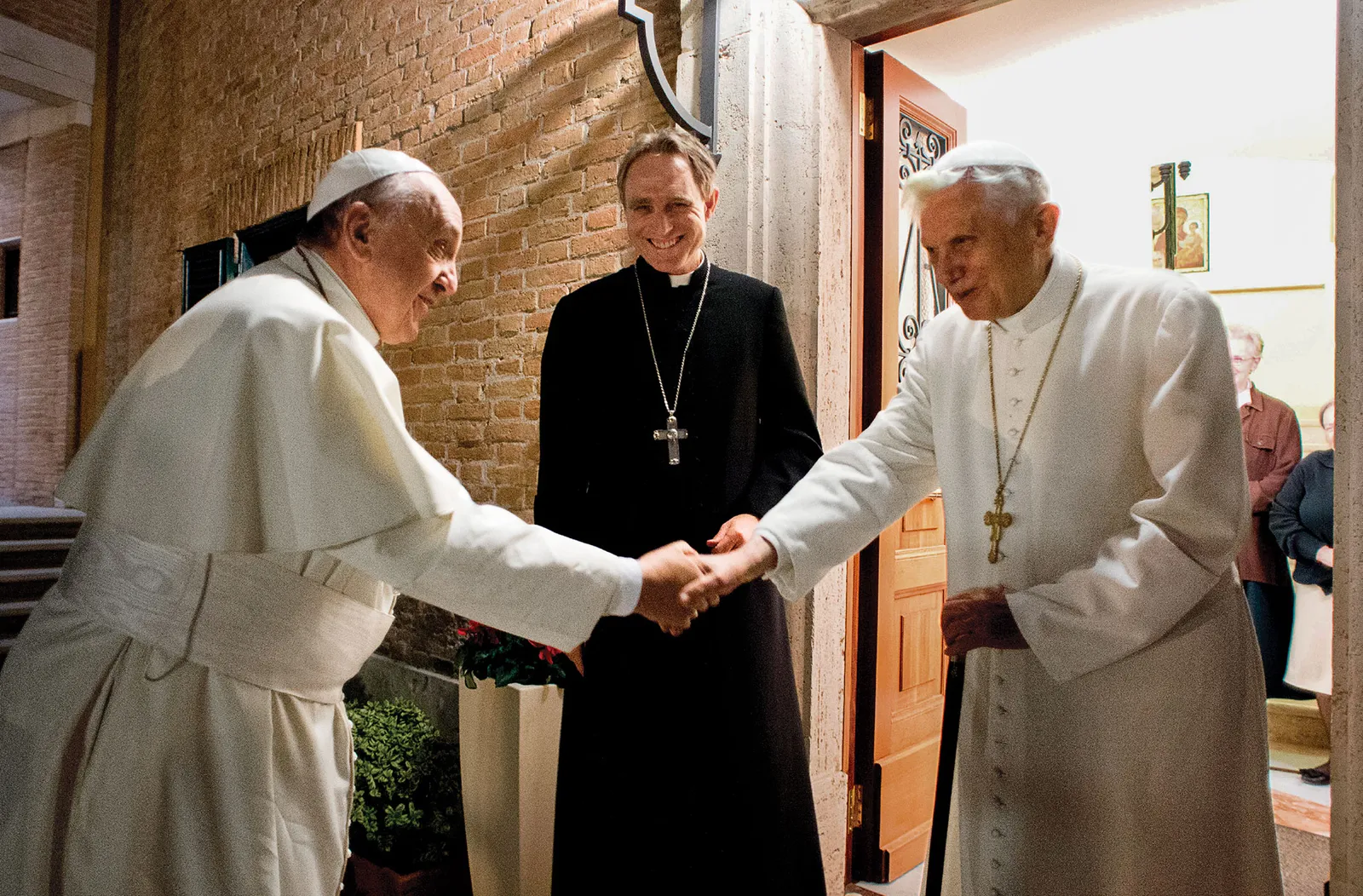A cassock is a long, robe-like garment worn by clergy in various Christian denominations. Its design and use have evolved over centuries, making it an important symbol of religious tradition. In this article, we will explore the historical background of the cassock, its key features, and how it compares to other religious garments such as the alb, surplice, and choir robes.
Historical Background of the Cassock
Origins of the Cassock in Christianity
The cassock originated in the early Christian church and was initially worn by laypeople and clergy alike. Over time, it became associated specifically with the clergy, symbolizing their commitment to religious life.
Evolution of the Cassock vss Through the Centuries
Throughout history, the cassock has undergone significant changes. Originally simple in design, it has transformed into a more elaborate garment that reflects the denomination’s traditions and liturgical practices.
Cassock in Different Denominations
The cassock is commonly worn in Catholic, Orthodox, and some Protestant traditions. Each denomination may have its variations, but the cassock remains a symbol of the clerical office across different branches of Christianity.
Key Features of the Cassock
Design and Color Variations
- Common Colors and Their Meanings
- The cassock is often black, symbolizing humility and the cleric’s commitment to serving God. Other colors, like purple for bishops and red for cardinals, signify different ranks within the church.
- Styles and Cuts of Cassocks
- Cassocks can vary in style, from the fitted to the flowing design, with some featuring distinctive elements like piping or buttons.
Materials Used in Cassock Production
- Traditional Fabrics
- Historically, cassocks were made from wool or linen, which were durable and suitable for the climates in which clergy served.
- Modern Alternatives
- Today, cassocks can also be made from synthetic materials, offering more options for comfort and care.
Significance of the Cassock in Religious Ceremonies
The cassock is often worn during worship services, sacraments, and other religious ceremonies, serving as a visual reminder of the cleric’s role and responsibilities.
Comparison with Other Religious Garments
Cassock vs. Alb
- Design Differences
- The alb is a simpler, usually white garment that symbolizes purity. Unlike the cassock, it has a more streamlined design.
- Usage in Liturgical Settings
- While both garments are worn during services, the cassock is often used in more formal settings, whereas the alb may be used in less formal contexts.
Cassock vs. Surplice
- Purpose and Symbolism
- The surplice is a loose-fitting, white garment typically worn over the cassock, especially during Eucharistic services. It symbolizes purity and the clerical role.
- Differences in Wearing Occasions
- The cassock is often worn for formal occasions and ceremonies, while the surplice is more common in everyday worship settings.
Cassock vs. Choir Robes
- Functional Differences
- Choir robes are worn by choir members and are often more decorative and colorful, designed to enhance the visual presentation of the choir.
- Variations in Design and Cultural Significance
- Unlike the cassock, which carries deep theological significance, choir robes focus on aesthetics and the collective identity of the choir.
The Role of the Cassock in Modern Worship
Contemporary Usage of Cassocks in Various Denominations
While the cassock vss remains a staple in many denominations, its use has evolved. Some churches have adopted more casual styles of worship, leading to variations in how and when cassocks are worn.
Influence of Fashion Trends on Cassock Styles
Fashion trends have also impacted cassock designs. Contemporary clergy may opt for tailored cuts and modern fabrics, blending traditional aesthetics with modern comfort.
Community and Cultural Impact of Wearing a Cassock
The cassock serves as a reminder of the cleric’s role within the community. It fosters a sense of identity and continuity within the congregation, helping to bridge the gap between tradition and contemporary worship.
Conclusion
In summary, the cassock is a significant garment in Christian liturgical life, representing the dedication and service of the clergy. Understanding its features, history, and comparison with other religious garments enhances our appreciation of its role in worship. As you explore the significance of religious attire, consider how these garments contribute to the spiritual identity and community life of faith.
FAQs
What is the significance of a cassock in Christianity?
The cassock symbolizes the commitment and service of clergy within the Christian faith, serving as a visible reminder of their spiritual responsibilities.
Are there specific occasions for wearing a cassock?
Yes, cassocks are typically worn during formal worship services, sacraments, and religious ceremonies.
How does the cassock differ in various denominations?
While the cassock is commonly worn across denominations, variations in style, color, and usage can differ, reflecting the unique traditions and practices of each faith community. This article provides a comprehensive overview of the cassock and its significance, making it easy to understand while being informative and engaging. If you have any specific edits or additional requests, feel free to let me know!




